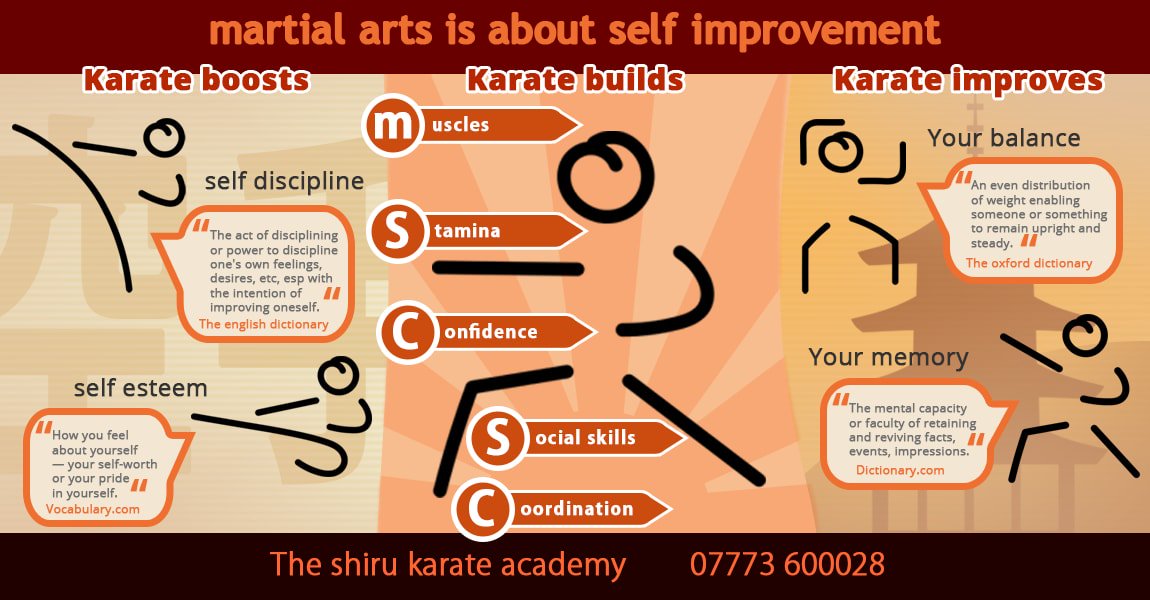Debunking The Various Fighting Style Designs: From Martial Arts To Taekwondo
Debunking The Various Fighting Style Designs: From Martial Arts To Taekwondo
Blog Article
Composed By-Borch Weiner
Are you tired of sensation bewildered by the substantial world of martial arts? With many designs to select from, it can be simple to get lost in a sea of strikes, kicks, and strange names. But donnie yen martial arts not!
This discussion will certainly demystify the various martial arts designs, taking you on a trip from the powerful strikes of Karate to the vibrant kicks of Taekwondo. Get ready to reveal the beginnings, techniques, and philosophies behind these old art forms.
So, tighten your belt and prepare to start an informing expedition right into the captivating globe of martial arts.
Beginnings of Martial Arts Styles
The origins of fighting styles designs can be traced back to ancient worlds and their need for self-defense and battle strategies. Throughout background, different societies developed their own one-of-a-kind approaches of fighting, each with its own set of strategies and viewpoints.
In China, as an example, martial arts styles such as Martial art and Tai Chi were established as a means of protection and improving physical and psychological health.
In Japan, the samurai warriors developed designs like Karate and Judo, concentrating on self-control, precision, and mastery of the body.
Similarly, in Korea, Taekwondo became a martial art stressing high kicks, fast movements, and mental stamina.
These very early people laid the foundation for the diverse variety of fighting styles designs that exist today, each with its own rich history and cultural importance.
Methods and Training Approaches
To grasp fighting styles styles, professionals should learn various strategies and training approaches.
Techniques are the specific movements and actions made use of in combat, such as strikes, kicks, tosses, and obstructs. Various fighting styles designs have their own special collection of strategies that experts need to master with rigorous training.
Educating navigate to this website differ depending upon the style, but they typically entail a combination of physical conditioning, drills, competing, and forms.
Physical conditioning is vital to construct strength, adaptability, and endurance. Drills help specialists refine their techniques and enhance their speed and precision.
Competing enables experts to exercise their techniques in a managed, reasonable setting. Types, also called kata, are ironclad sequences of activities that aid specialists create muscle mass memory and focus.
Ideologies and Concepts
Exploring the viewpoints and concepts of fighting styles designs can supply you with a deeper understanding of your chosen technique. Each fighting style has its own special philosophy and set of leading concepts that form the way it's practiced.
As an example, Karate stresses discipline, respect, and self-control. It shows practitioners to concentrate their minds and bodies, enabling them to safeguard themselves while keeping a sense of internal peace.
On the other hand, Taekwondo puts a solid focus on speed, dexterity, and flexibility. Its concepts are rooted in the tenets of politeness, stability, willpower, self-constraint, and indomitable spirit.
Verdict
Since you've discovered the beginnings, strategies, and ideologies of various fighting styles designs, you have a much deeper understanding of these ancient disciplines.
Imagine a young karate pupil, experimenting steadfast decision and emphasis, appearing boards with an effective punch.
Their trip showcases the commitment and stamina needed to understand a fighting style, reminding us that with self-control and willpower, anything is possible.
